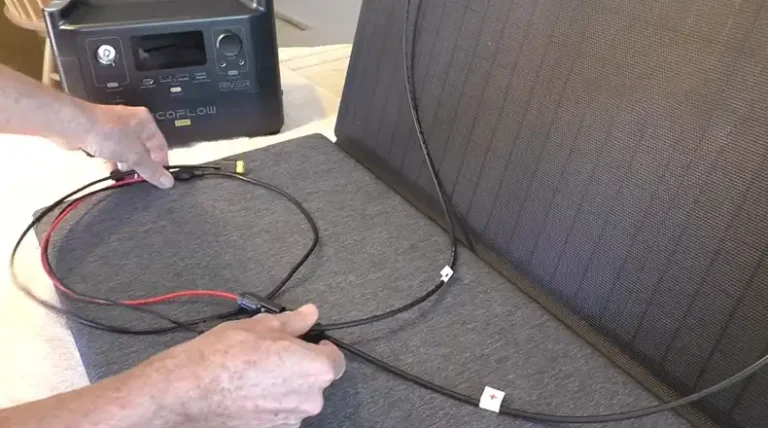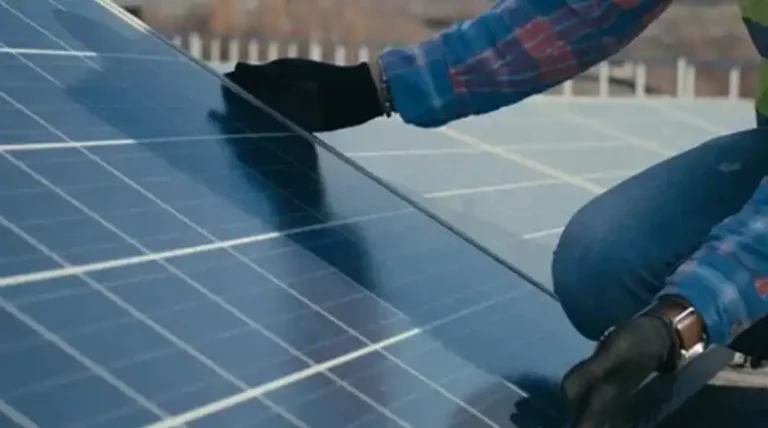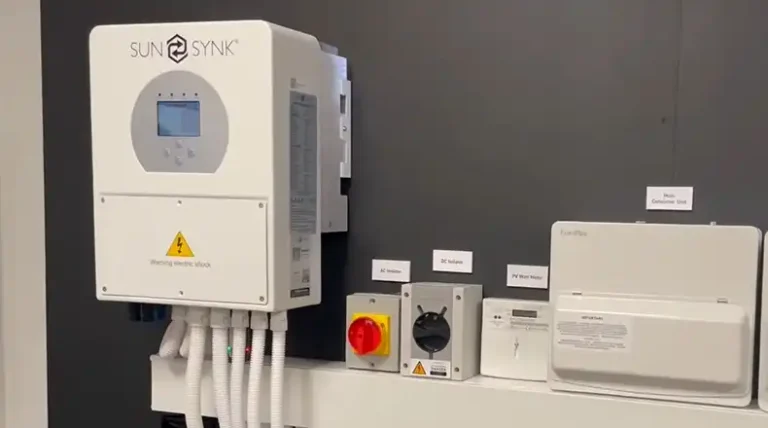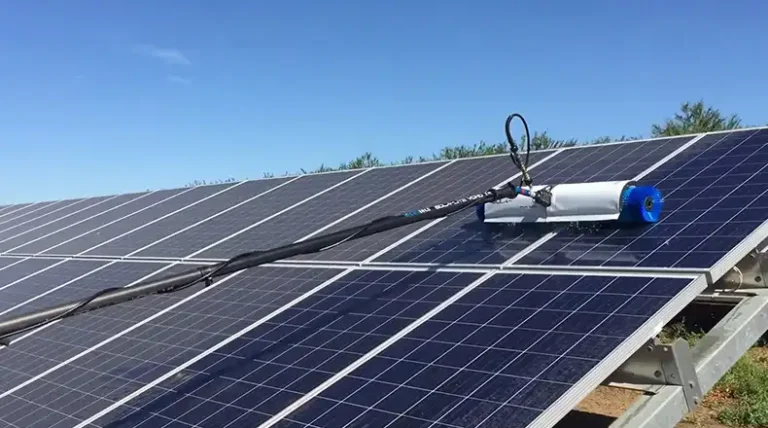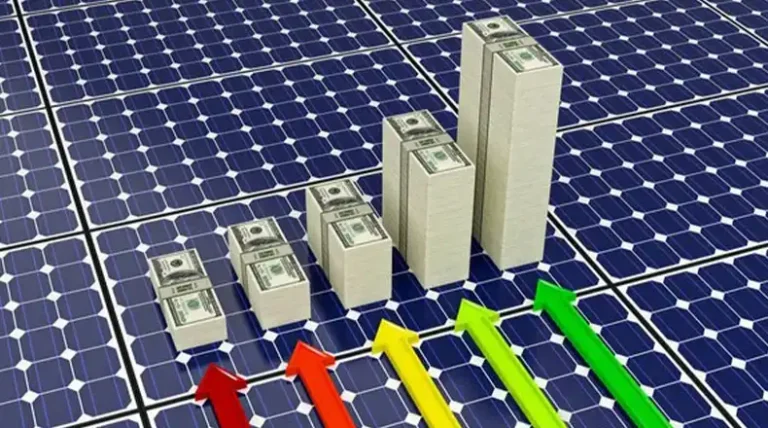Can a 6V Solar Panel Charge a 12V Battery? Is It Possible to Charge?
The question of whether a 6V solar panel can charge a 12V battery is common among those new to solar energy systems. At first glance, it may seem like the panel’s voltage matches the battery’s, so they should work together. However, there are some key technical reasons why a 6V solar panel cannot effectively charge a 12V battery on its own.
The simple answer is no, a 6V solar panel cannot directly charge a 12V battery. There are two main reasons for this, which I have discussed below, followed by some alternative solutions. So, read on.
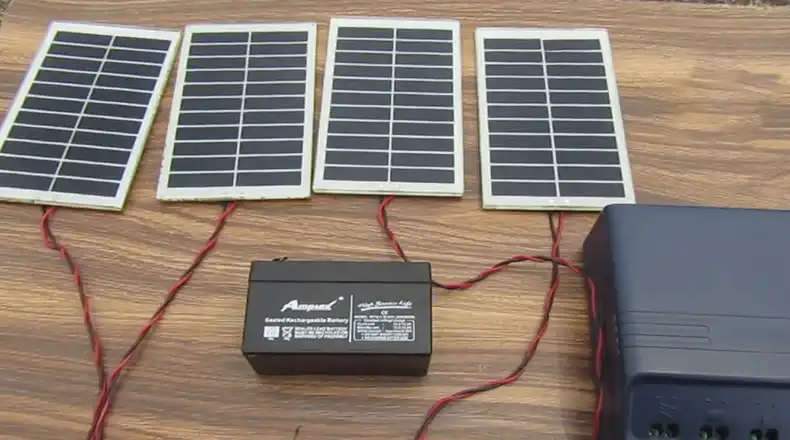
Why a 6V Solar Panel Cannot Charge a 12V Battery?
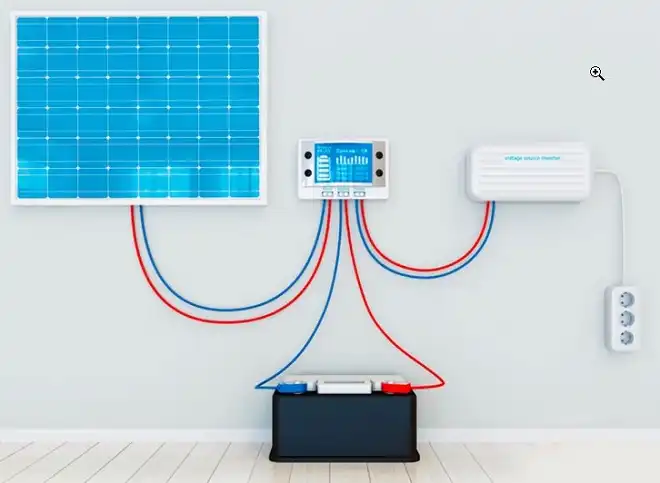
Voltage Mismatch
For proper charging, a 12V lead-acid battery requires a charging voltage of 13.6V – 14.4V. This exceeds the maximum voltage a 6V panel can produce. This voltage difference prevents the 6V panel from fully charging the 12V battery.
Insufficient Power
Even if a 6V panel reaches a higher open-circuit voltage, a small panel may lack the wattage to deliver enough current and power to the 12V battery for adequate charging.
While inconvenient, these technical limitations of using a 6V panel for a 12V battery are easy to overcome with the right equipment and setup. This article will explore the voltage requirements for charging batteries, how to connect solar panels to batteries safely, and alternative solutions to use a 6V panel for your 12V charging needs.
How Voltage and Charging System Works?
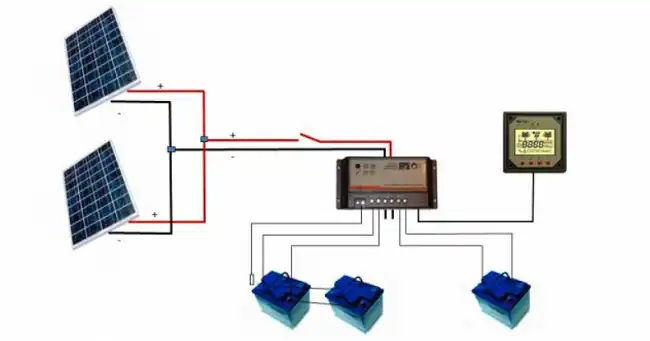
To understand why the voltage mismatch prevents effective charging, we need to review some basic electrical concepts.
Solar Panel Voltage
The voltage rating on a solar panel refers to its open-circuit voltage – the highest voltage it can produce when not connected to a load or battery. Most 6V or 12V panels have open-circuit voltages ranging from 16V to 22V.
12V Battery Voltage
A 12V lead-acid battery has a lower nominal voltage of around 12.6V when fully charged. This is its rated operating voltage.
Charging Voltage
The optimal charging voltage for a 12V lead-acid battery is between 13.6V and 14.4V. This voltage range provides the electrical “push” to overcome internal resistance and drive current into the battery for efficient charging.
So while a 6V solar panel may produce over 16V open-circuit, that is still lower than the 13.6V minimum required at the battery’s terminals to charge it effectively.
Common 12V battery capacities range from 5Ah for small batteries up to 200Ah for large banks. Matching your solar panel wattage to the battery capacity is important for proper charging.
How to Connet a Solar Panel to Charge a Battery
To safely and properly charge a 12V battery from a solar panel, you need a few basic components:
- 12V battery
- Solar charge controller
- Solar panel
- Wires and connectors
Step-by-Step Connection Process
- Use 10 AWG wires to connect the positive and negative terminals of the battery to the corresponding terminals on the charge controller.
- Connect the solar panel cables to the charge controller, using 16 AWG wiring between the solar input terminals.
- Verify all connections are secure, then turn on the charge controller. Check that it is functioning through the display or app.
- Ensure the solar panel is pointed towards direct sunlight and free of shading for maximum power generation.
Using the proper wire gauges and verifying correct system operation are vital steps for safe and effective solar charging.
Using Solar Charge Controllers
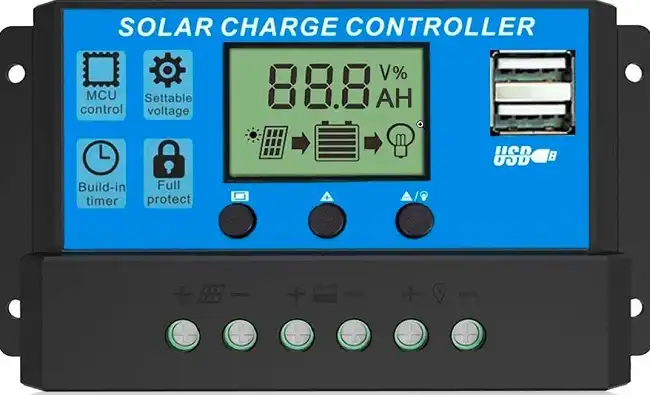
A solar charge controller is a key component that regulates the power flowing from the solar panels to the battery bank. It prevents overcharging and damage by:
- Regulating the voltage and current levels delivered to the batteries
- Disconnecting the solar panel when the battery reaches full charge
- Allowing a 6V solar panel to charge a 12V battery by boosting the voltage
The two main types of solar controllers are PWM and MPPT. MPPT charge controllers are more efficient as they can convert excess solar panel voltage into usable charging current. But either type allows a 6V panel to safely charge a 12V battery.
Alternative Ways to Charge a 12V Battery
If you need to use a 6V solar panel to charge a 12V battery, there are a few ways to overcome the voltage mismatch:
Connect 6V Panels in Series
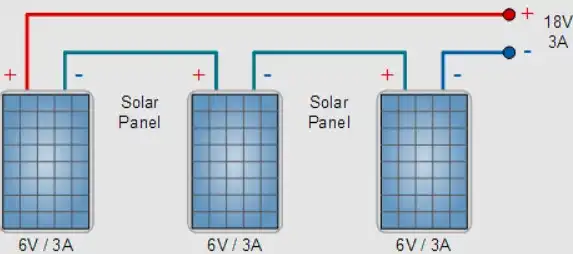
Wiring two 6V solar panels in series combines their voltage to produce 12V output that can charge a 12V battery.
Use a DC-DC Converter
A DC-DC boost converter is a device that takes a lower voltage like 6V and converts it to a higher voltage like 12V. This allows the 6V panel to effectively charge the 12V battery.
Get a Larger 12V Solar Panel
Using a 12V solar panel that provides at least 20W and matches the battery capacity avoids any voltage issues and charges the 12V battery directly.
Potential Risks of Improper Charging
Connecting a solar panel directly to a battery without proper voltage regulation can be hazardous and damage batteries through:
Undercharging
A voltage that is too low results in an undercharged battery. This accelerates sulfation and deterioration in lead-acid batteries over time. It also reduces the usable capacity of lithium batteries.
Overcharging
Excessive voltage above the battery’s rating can lead to overheating, gassing, loss of electrolytes, and in extreme cases thermal runaway or explosion. Precise regulation is vital.
How to Improve the Charging Efficiency of Your Solar Panels?
To extract the most power from your solar panels for charging, ensure that:
- The panels are pointed directly towards sunlight, aligned with the sun’s path across the sky.
- Tilt the panels to match your latitude for optimal angle. Facing south (northern hemisphere) maximizes production.
- Nearby obstacles like trees or buildings do not shade the panels, reducing output.
Frequently Asked Questions
Can I use a DC-DC converter to allow a 6V panel to charge a 12V battery?
Yes, using a DC-DC boost converter or voltage regulator will safely increase the 6V panel’s output to the 12V+ range needed to charge the 12V battery. The converter capacity must match the solar panel wattage.
Will a higher wattage 6V panel like 100W work better than a small 10W panel?
A larger 100W 6V panel will have an easier time charging the battery than a 10W panel. But the voltage limitation of 6V remains. Larger capacities compensate somewhat when using regulators.
Is it possible to wire 6V and 12V solar panels together in parallel?
No, unfortunately connecting solar panels in parallel requires matching voltages. Otherwise, the mismatch can cause reverse current flows between panels and discharge instead of charging.
Summary
In summary, a 6V solar panel will be incapable of directly charging a 12V lead-acid battery without additional equipment. This is due to the lower voltage output from the 6V panel falling short of the ideal 13.6V – 14.4V range needed at the battery side.
Using a solar charge controller or DC-DC boost converter allows the 6V panel voltage to regulate up to the proper levels for charging a 12V battery. When possible, matching your solar panel voltage precisely to your battery voltage avoids any issues and provides the most efficient charging.

